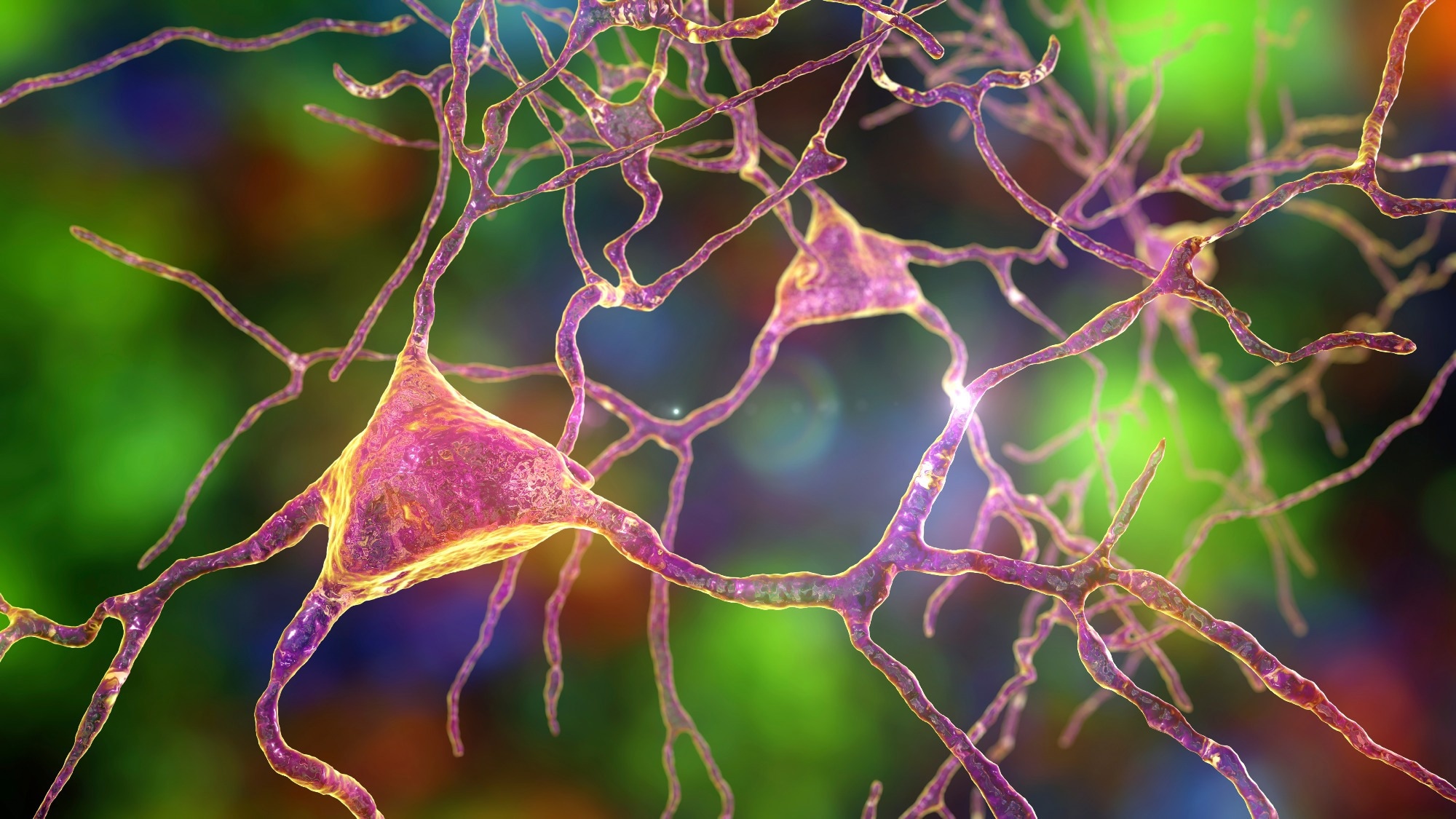In a 17-year German cohort study, researchers uncovered that age, APOE ε4 status, and especially female sex play major roles in determining levels of Alzheimer’s-related blood biomarkers, offering new insights into how these risk factors shape disease progression.
 Study: Association of Nonmodifiable Risk Factors With Alzheimer Disease Blood Biomarkers in Community-Dwelling Adults in the ESTHER Study. Image Credit: Kateryna Kon / Shutterstock.com
Study: Association of Nonmodifiable Risk Factors With Alzheimer Disease Blood Biomarkers in Community-Dwelling Adults in the ESTHER Study. Image Credit: Kateryna Kon / Shutterstock.com
A recent study in the Neurology journal explores the associations between dementia-related blood biomarker levels and non-modifiable risk factors.
Known risk factors for dementia
P-tau181 is an established biomarker of Alzheimer’s disease (AD) pathology that can predict tau and amyloid β (Aβ) pathologies. Compared to other biomarkers, serum levels of neurofilament light (NfL) chains may indicate non-disease-specific neurodegeneration, which could be used to monitor disease progression.
Glial fibrillary acidic protein (GFAP) expression can be used to infer astrocyte activation levels, and as a result, may support the early detection of Alzheimer's disease (AD). To date, few studies have investigated the potential utility of measuring NfL and GFAP levels in supporting the diagnosis and monitoring of AD. Furthermore, it remains unclear how these biomarker levels may be affected by the presence of non-modifiable factors like age, sex, apolipoprotein e4 (APOEe4) levels, and menopause.
About the study
The current study examines the potential associations between non-modifiable risk factors, including age, sex, and APOE ε4 status, and dementia-related blood biomarkers of P-tau181, NfL, and GFAP. The study cohort consisted of community-dwelling adults aged 50 to 75 years without a history of dementia.
All study participants were monitored for 17 years as part of the German ESTHER study. The effects of menopause on biomarker levels were also examined.
From the initial ESTHER sample of 9,940 individuals, a nested case-control study of 1,026 participants was performed for the current analysis. P-tau181, NfL, and GFAP measurements were obtained at baseline, eight-year, and 11-year follow-up visits. Cross-sectional and longitudinal regression analyses were also performed to further analyze any observed associations.
Study findings
The average age of the study cohort was 64 years, with 54% of participants being female. The median age at dementia diagnosis was 78 years.
Approximately 39% of study participants in the incident dementia group were APOE ε4 carriers. Compared to the rest of the study cohort, 26% of the participants were never diagnosed with dementia during the study period. The mean biomarker levels at baseline were 1.78, 17.4, and 104.2 pg/mL for P-tau181, NfL, and GFAP, respectively.
In the cross-sectional analyses, NfL and GFAP showed a stronger correlation with age at baseline than P-tau181 levels. Women also had significantly lower levels of NfL and considerably higher levels of GFAP at baseline.
Among the entire study cohort, NfL, GFAP, and P-tau181 levels were significantly associated with age at baseline, after controlling for sex and APOE ε4 status. P-tau181 levels were not associated with sex.
Significantly higher levels of both P-tau181 and GFAP were detected in APOE e4 carriers. APOEe4 carriers who developed dementia continued to exhibit significant associations with P-tau181, GFAP, and NfL levels; however, these associations were not observed among APOEe4 carriers who were never diagnosed with dementia.
Age, sex, and APOE ε4 carrier status contribute to approximately 2% of the variance in P-tau181, 17% in NfL, and 16% in GFAP levels, with age being the primary contributing factor in these cases. After adjusting for age, sex, and APOEe4 status, the yearly rates of P-tau181, NfL, and GFAP change were 0.14, 0.93, and 5.65 pg/mL, respectively.
NfL and GFAP levels increased faster in study participants between 65 and 75 years of age at baseline. This association between older age and P-tau181 levels was not observed.
The rate of increase in GFAP levels was significantly faster among older participants in the incident dementia group. Among controls, NfL levels increased substantially faster than those between 65 and 75 years of age.
GFAP may capture earlier biological processes associated with APOEe4 status, which could be important in future dementia risk assessment.”
Women were associated with a more rapid rise in GFAP levels. In the control group, APOE ε4 carriers experienced significantly faster rates of increasing GFAP levels. After adjusting for age and APOEe4 status, only GFAP levels were significantly associated with menopause.
Conclusions
Women, particularly premenopausal women, exhibited significantly higher levels of GFAP at baseline and a more rapid rise in GFAP levels over time as compared to male study participants. These sex differences may be due to increased neuroinflammation in women, as well as sex-dependent astrocytic responses to hormones. Nevertheless, further research is needed to elucidate the mechanisms underlying the association between GFAP levels and female sex.
APOEe4 status may also be involved in astrocytic responses. However, additional studies are needed to clarify the role of this genotype in maintaining NfL and GFAP levels.
The study findings confirm that age- and sex-specific reference values are needed for P-tau181, NfL, and GFAP blood levels. Although these strategies can facilitate the use of these biomarkers for dementia diagnostic purposes, future studies should be conducted to confirm whether sex-specific differences in the brain contribute to biomarker levels in the blood.
Journal reference:
- Stocker, H., Beyer, L., Trares, K., et al. (2025) Association of Nonmodifiable Risk Factors With Alzheimer Disease Blood Biomarkers in Community-Dwelling Adults in the ESTHER Study. Neurology 104(9). doi:10.1212/WNL.0000000000213500